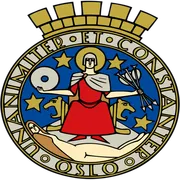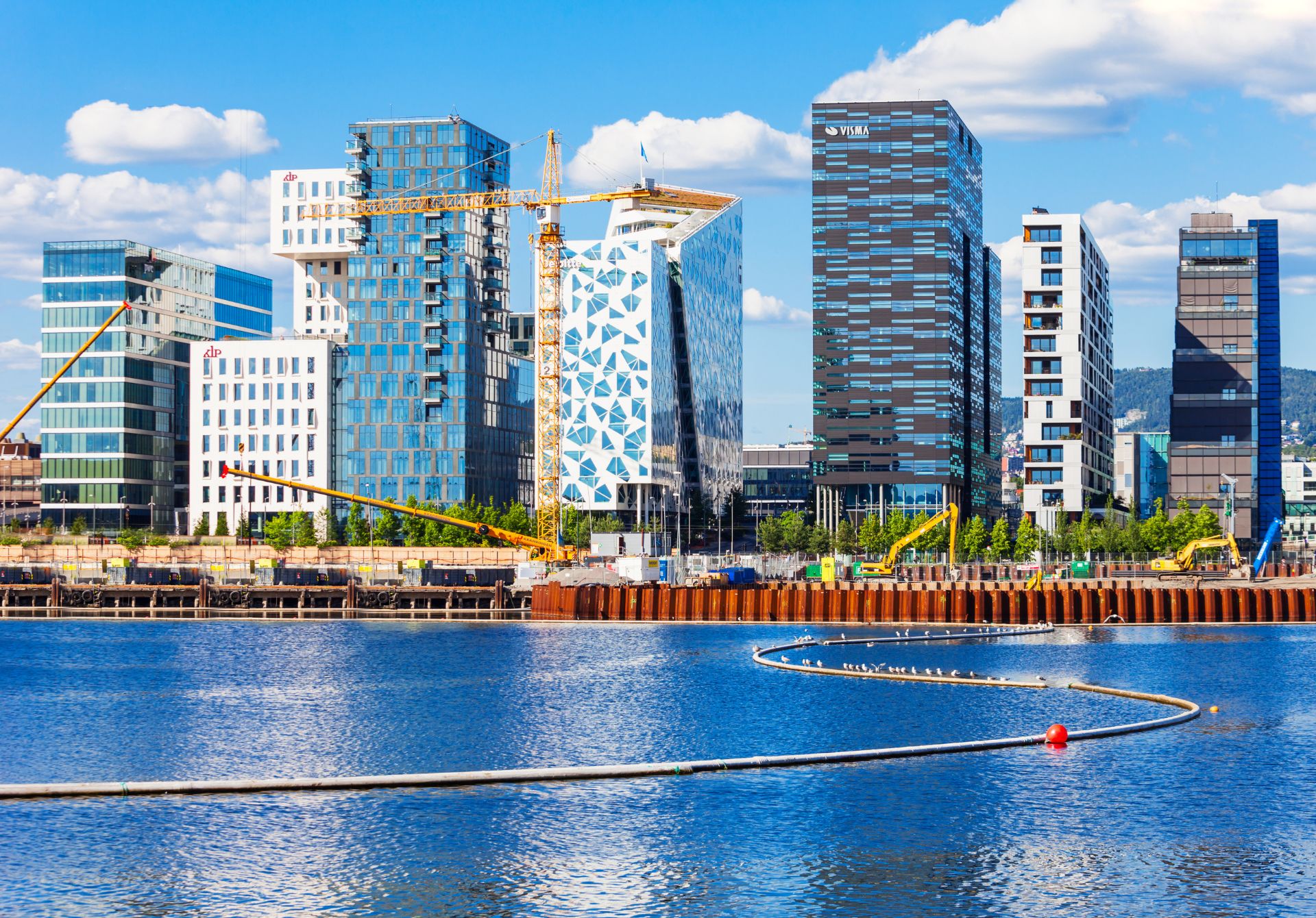Imagine a skyline that looks like a giant barcode, with sleek buildings of varying heights creating a unique urban silhouette. Welcome to the Barcode Project, an architectural marvel that’s changing the face of Oslo, Norway, and captivating tourists from around the world.
What is the Barcode Project?
The Barcode Project is a groundbreaking urban development initiative in Oslo’s Bjørvika district. It consists of a row of multi-purpose high-rise buildings, each with a distinct design, creating a barcode-like appearance when viewed from afar. This innovative approach to urban planning has transformed Oslo’s waterfront and become a major attraction for architecture enthusiasts and curious tourists alike.
Key Features of the Barcode Project:
- 12 slender towers of varying heights and widths
- Mixed-use development combining offices, residences, and cultural spaces
- Sustainable design principles incorporated throughout
- Stunning views of the Oslo Fjord and cityscape
- Pedestrian-friendly areas and public spaces between buildings
The Vision Behind the Barcode
The Barcode Project was conceived as part of Oslo’s larger urban renewal plan to revitalize its former industrial waterfront. The goal was to create a modern, vibrant district that would attract businesses, residents, and visitors while respecting the city’s maritime heritage.
Designed by a team of renowned architectural firms, including MVRDV, A-Lab, and Dark Arkitekter, the Barcode Project aimed to challenge traditional notions of urban development. By creating a series of narrow, closely-spaced buildings rather than a few large structures, the project maximizes views, natural light, and the efficient use of space.
A Tourist’s Paradise: Exploring the Barcode
For tourists and architecture enthusiasts, the Barcode Project offers a unique experience that combines modern design with Norwegian culture. Here are some ways visitors can engage with this urban wonder:
1. Architectural Tours
Several local tour operators offer guided walks through the Barcode district, providing insights into the design philosophy, construction challenges, and the project’s impact on Oslo’s urban landscape. These tours are perfect for those who want to delve deeper into the architectural significance of the project.
2. Rooftop Experiences
Some of the Barcode buildings feature public rooftop terraces or restaurants, offering breathtaking panoramic views of Oslo and the fjord. These spots have become popular among tourists looking for that perfect Instagram moment or a unique dining experience.
3. Cultural Venues
The Barcode Project isn’t just about offices and apartments. It also houses cultural institutions and art galleries. Visitors can explore exhibitions that showcase Norwegian contemporary art and design, further enriching their understanding of the local culture.
4. Urban Photography
The striking visual contrast between the modern Barcode buildings and Oslo’s historic architecture makes for captivating photography. Many tourists find themselves spending hours capturing the interplay of light and shadow among the towers.
Sustainability: A Core Principle
One of the most impressive aspects of the Barcode Project is its commitment to sustainability. This focus on eco-friendly design makes it an excellent case study for tourists interested in green architecture and urban planning.
- Energy-efficient building designs that minimize heat loss and maximize natural light
- Use of renewable energy sources, including solar panels and seawater cooling systems
- Green roofs and vertical gardens that improve air quality and biodiversity
- Emphasis on public transportation and cycling infrastructure to reduce car dependency
These sustainable features not only benefit the environment but also create a more pleasant and healthier urban space for residents and visitors alike.
The Barcode Project’s Impact on Oslo’s Tourism
Since its completion, the Barcode Project has significantly boosted Oslo’s appeal as a tourist destination. It has helped position the city as a hub for modern architecture and sustainable urban design, attracting a new demographic of design-conscious travelers.
According to Visit Oslo, the city’s official tourism organization, architectural tourism has seen a 30% increase since the Barcode Project’s completion. This influx of visitors has led to the development of new hotels, restaurants, and tour services in the area, creating a vibrant ecosystem that caters to both business travelers and tourists.
Concierge Services: Enhancing the Barcode Experience
For those working in concierge services, the Barcode Project offers numerous opportunities to create unique experiences for guests. Here are some ways concierges can leverage the project to enhance visitors’ stays:
- Arrange private architectural tours with local experts
- Secure reservations at exclusive rooftop restaurants within the Barcode buildings
- Organize photography sessions with professional guides who know the best vantage points
- Curate itineraries that combine Barcode visits with other architectural highlights in Oslo
- Facilitate meetings or events in the state-of-the-art conference facilities within the Barcode complex
The Future of Urban Living and Tourism
The Barcode Project represents more than just an architectural achievement; it’s a glimpse into the future of urban living and tourism. As cities worldwide grapple with issues of density, sustainability, and quality of life, projects like the Barcode offer valuable lessons and inspiration.
For tourists, it provides a tangible example of how thoughtful urban planning can create spaces that are not only functional but also beautiful and engaging. The project demonstrates that cities can grow vertically while still maintaining a human scale and fostering community.
Conclusion
The Barcode Project stands as a testament to innovative urban design and its power to transform cityscapes and tourism. It has not only reshaped Oslo’s skyline but also redefined the city’s identity on the global stage. For visitors, it offers a unique blend of architectural wonder, cultural experiences, and sustainability insights.
As we look to the future of urban development and tourism, the Barcode Project serves as both an inspiration and a case study. It shows that with vision, creativity, and a commitment to sustainability, cities can create spaces that are not just places to live and work, but destinations in their own right. Whether you’re an architecture enthusiast, a curious tourist, or a professional in the hospitality industry, the Barcode Project is a must-see attraction that offers something truly special in the heart of Oslo.

